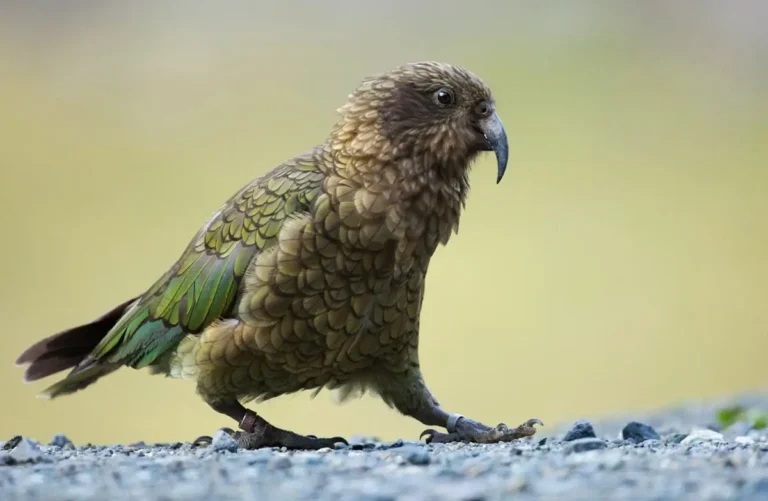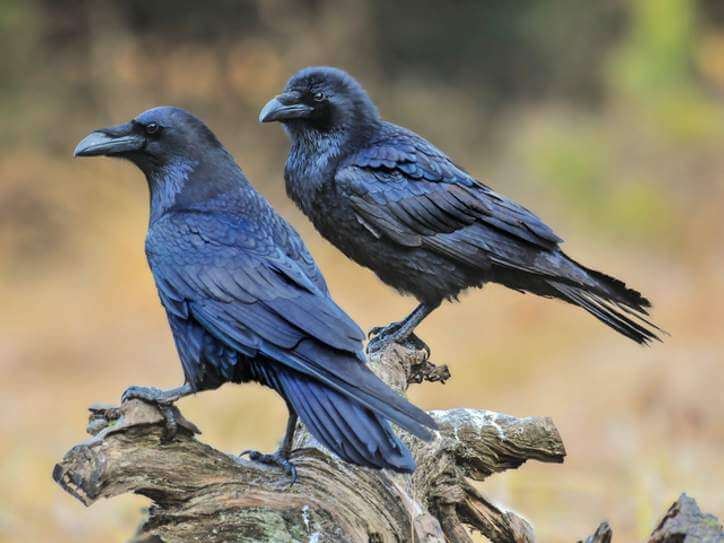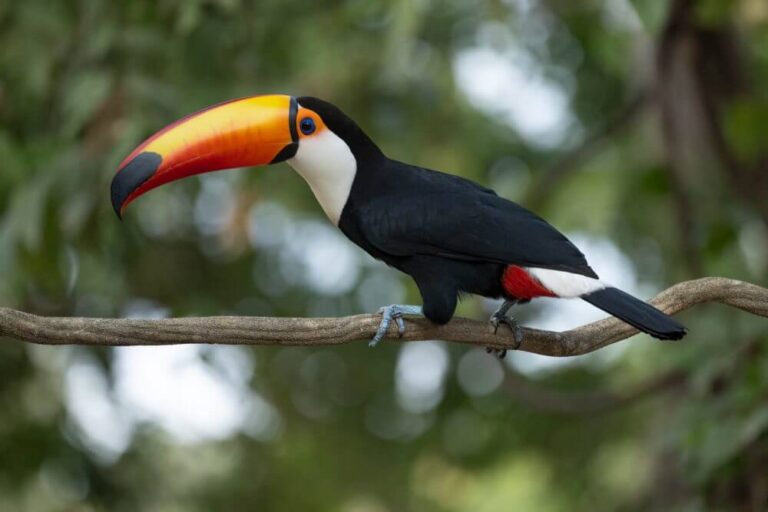Umbrellabird: An In-Depth Exploration
The Umbrellabird is a fascinating and unique species known for its striking appearance, particularly its umbrella-like crest. These birds inhabit tropical regions and play an important role in their ecosystems. This article delves into their scientific classification, physical characteristics, habitat, behavior, diet, reproduction, predators, conservation status, evolutionary history, and relationship with humans.
Contents
Scientific Classification
- Kingdom: Animalia
- Phylum: Chordata
- Class: Aves
- Order: Passeriformes
- Family: Cotingidae
- Genus: Cephalopterus
- Species: There are three recognized species of Umbrellabirds:
- Long-wattled Umbrellabird (Cephalopterus penduliger)
- Amazonian Umbrellabird (Cephalopterus ornatus)
- Bare-necked Umbrellabird (Cephalopterus glabricollis)
Each species exhibits its specific traits but shares many common characteristics.
Physical Characteristics

The Umbrellabird is most easily recognized by the large, umbrella-shaped crest that extends over its head, giving the bird its name. Other distinctive features include:
- Size: They range in size from 35 to 50 cm (14 to 20 inches) in length, with the Long-wattled Umbrellabird being the largest.
- Crest: Their signature crest, composed of feathers, can be raised or lowered depending on the bird’s mood or during courtship displays.
- Wattle: The Long-wattled Umbrellabird has an elongated, feathered wattle that hangs from its throat, which can grow up to 35 cm (14 inches) long. This wattle plays a role in mating displays.
- Color: Umbrellabirds are primarily black, though some species have bare, brightly colored patches of skin on their necks.
- Weight: They typically weigh around 500-600 grams (1.1-1.3 pounds).
Habitat
Umbrellabirds are found in tropical rainforests across Central and South America. The specific ranges depend on the species:
- Long-wattled Umbrellabird: Found in the rainforests of western Colombia and Ecuador.
- Amazonian Umbrellabird: Occupies the vast Amazon Basin.
- Bare-necked Umbrellabird: Found in Central America, from southern Nicaragua to western Panama.
They prefer living in the forest canopy and are most often seen in dense, humid forested areas at various elevations, with some species inhabiting altitudes up to 1,500 meters (4,900 feet).
Behavior

Umbrellabirds are generally solitary birds, though they may be observed in small groups, particularly during the mating season. Their environment heavily influences their behavior:
- Vocalization: These birds are known for their deep, booming calls, which can be heard over long distances and are used for communication, especially during courtship displays.
- Flight: Despite their size, Umbrellabirds are capable flyers, but they tend to move through the forest canopy with slow, deliberate movements.
- Displays: Males perform elaborate courtship displays to attract females, including inflating their wattles and raising their crests.
Diet
Umbrellabirds are primarily frugivores, meaning they feed mostly on fruit. They play a critical role in seed dispersal, which helps maintain the health of the rainforest. In addition to fruit, they also consume:
- Insects: Especially larger insects like beetles and caterpillars.
- Small vertebrates: Occasionally, they may eat small reptiles or amphibians, though this is rare.
They forage mainly in the canopy but may occasionally descend to lower levels of the forest to find food.
Reproduction
The mating season for Umbrellabirds typically aligns with the rainy season, when food is abundant. Some key aspects of their reproductive behavior include:
- Mating Displays: Males attract females by performing dramatic displays, which include inflating their throat wattles and producing loud calls.
- Nesting: Umbrellabirds build cup-shaped nests high in the forest canopy, usually on sturdy branches or large epiphytes.
- Eggs: Females lay 1-2 eggs per breeding season, and incubation lasts approximately 20-25 days.
- Parental Care: Only the female incubates the eggs and tends to the chicks once they hatch. The young fledge after about a month but may remain dependent on their mothers for additional weeks.
Predators
Due to their size and habitat, Umbrellabirds have few natural predators. However, they are occasionally preyed upon by:
- Large birds of prey, Such as hawks and eagles.
- Snakes: Predatory snakes may raid their nests for eggs or chicks.
Their solitary nature and preference for high forest canopies help them avoid many ground-based predators.
Conservation Status
The conservation status of Umbrellabird species varies:
- Long-wattled Umbrellabird: Listed as Vulnerable due to habitat loss caused by deforestation and logging in its range.
- Bare-necked Umbrellabird: Also classified as Vulnerable, primarily due to the destruction of its forest habitat in Central America.
- Amazonian Umbrellabird: Currently listed as Least Concern, though its population is decreasing due to ongoing habitat degradation.
Conservation efforts for Umbrellabirds focus on preserving their tropical forest habitats. Some regions have established protected areas, though much of their habitat continues to face pressures from human activity.
Interesting Facts
- The Long-wattled umbrella’sUmbrellabird’s distinctive wattle can be retracted when unused, making it appear shorter.
- Umbrellabirds are important seed dispersers in the rainforests, aiding in the regeneration of plant species.
- Their deep, resonating call has been compared to the sound of a distant bass drum.
Evolutionary History
The Umbrellabird belongs to the Cotingidae family, which includes a diverse group of birds found in the tropical Americas. This family is known for its elaborate courtship displays and unique morphological traits, such as wattles and crests.
The evolutionary history of Umbrellabirds suggests that their dramatic physical features, such as the umbrella-like crest and elongated wattle, evolved through sexual selection. Males with more prominent wattles and louder calls are more successful at attracting mates, making these traits more pronounced over time.
Relationship with Humans
While humans do not commonly see Umbrellabirds due to their preference for dense forests, they have drawn interest from birdwatchers and researchers. The deforestation of tropical rainforests poses the greatest threat to their populations, making them indicators of environmental health.
In some cultures, the Umbrellabird is considered a symbol of the mysterious and untamed nature of the rainforest.
Conclusion
The Umbrellabird is a remarkable species, distinguished by its dramatic appearance, booming calls, and role in maintaining the health of tropical ecosystems. With habitat loss threatening its future, conservation efforts are crucial to ensuring the survival of these unique birds. By protecting the rainforests they call home, we can help preserve the Umbrellabird and the diverse life it supports.
- Are Rottweilers Good With Kids? Reasons & Training Tips - 17 September 2025
- How Long Are Dogs Pregnant: Complete Guide - 16 September 2025
- German Shepherd Doberman Mix: Info, Pictures, Care & More - 11 September 2025







